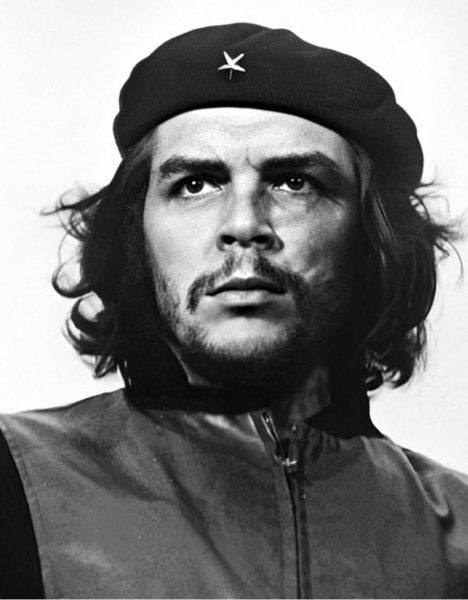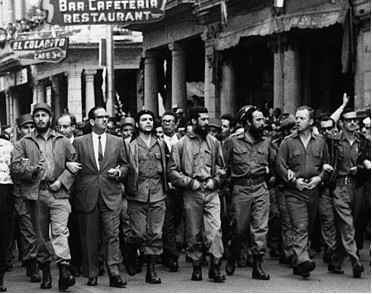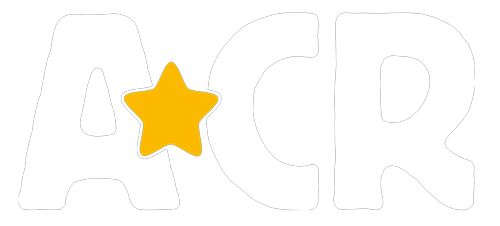
Last Friday (March 5) was the 61st anniversary of this photo of Che Guevara, one of the most famous images of the 20th century. Cuban photographer Alberto Korda shot the picture during the rally commemorating the estimated 100 victims of the March 4 giant explosion on the Belgian ship La Coubre, which had brought a delivery of small arms and grenades to the embattled Cuban regime. Thousands participated in the commemoration, including feminist writer Simone de Beauvoir and philosopher Jean-Paul Sartre, who were visiting the island.
Fidel Castro in his eulogy blamed counter-revolutionary saboteurs and the CIA for the explosion. A little more than a year after the victory of the revolution, right-wing guerrillas were still active in the hills in the east of the country and numerous sabotage attacks were taking place.

Cuban leaders march in memory of explosion victims
After Che’s death in August 1967, attempting to establish a guerrilla army in Bolivia, this image became an icon of revolution for a young generation steeped in a spirit of internationalism and anti-imperialism. During his period in the Bolivian forest, Che wrote an important text, widely distributed, calling for “Two, three, many Vietnams.” By this of course he didn’t mean he wanted more and more genocidal massacres, but rather he was calling for new guerrilla struggles to come to the aid of Vietnam, to tie down American imperialism. This coincided with a rise of guerrilla wars in Africa and Latin America and was implicitly counterposed to the position of ‘peaceful co-existence’ put forward by the Soviet Union and Communist parties worldwide.
Korda’s image became so widespread that in the ‘60s and ‘70s it adorned the bedroom walls of hundreds of thousands of counter-cultural youth, many of whom probably had little idea of what Che stood for. But his image was everywhere during the international Vietnam demonstration in February 1968, and its revolutionary significance has always been understood in Latin America. Call a left-wing march anywhere on that continent and Che is there.
In 2001 Alberto Korda won a copyright case in the British High Court against Smirnoff Vodka, who were compelled to pay him substantial compensation and established his copyright worldwide.

Che flags in Argentina
In the Spring of 1998, I attended the first major demonstration of UNAM students in Mexico City against a hike in student fees, that was likely to keep out many working-class students. At around 5 pm hundreds of school students arrived, many with home-made cardboard placards, some of them featuring roughly drawn copies of the Korda photograph. Thirty years after his death Che continued to inspire the revolutionary youth.
Phil is a joint author of System Crash: An Activist Guide to Making Revolution which will be published soon on Resistance Books.

